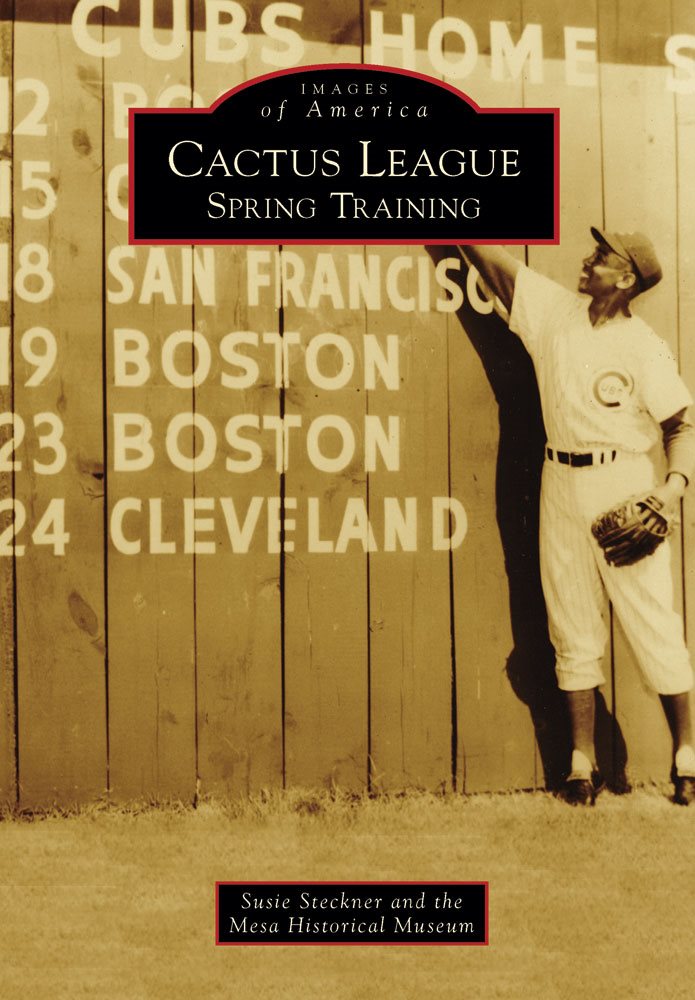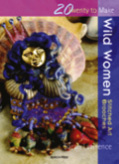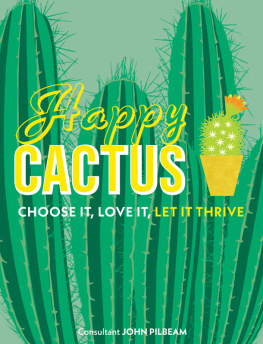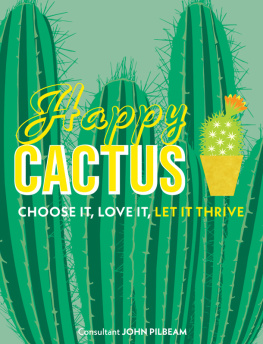Susie Steckner - Cactus League: Spring Training
Here you can read online Susie Steckner - Cactus League: Spring Training full text of the book (entire story) in english for free. Download pdf and epub, get meaning, cover and reviews about this ebook. year: 2012, publisher: Arcadia Publishing Inc., genre: Home and family. Description of the work, (preface) as well as reviews are available. Best literature library LitArk.com created for fans of good reading and offers a wide selection of genres:
Romance novel
Science fiction
Adventure
Detective
Science
History
Home and family
Prose
Art
Politics
Computer
Non-fiction
Religion
Business
Children
Humor
Choose a favorite category and find really read worthwhile books. Enjoy immersion in the world of imagination, feel the emotions of the characters or learn something new for yourself, make an fascinating discovery.

- Book:Cactus League: Spring Training
- Author:
- Publisher:Arcadia Publishing Inc.
- Genre:
- Year:2012
- Rating:3 / 5
- Favourites:Add to favourites
- Your mark:
- 60
- 1
- 2
- 3
- 4
- 5
Cactus League: Spring Training: summary, description and annotation
We offer to read an annotation, description, summary or preface (depends on what the author of the book "Cactus League: Spring Training" wrote himself). If you haven't found the necessary information about the book — write in the comments, we will try to find it.
Cactus League: Spring Training — read online for free the complete book (whole text) full work
Below is the text of the book, divided by pages. System saving the place of the last page read, allows you to conveniently read the book "Cactus League: Spring Training" online for free, without having to search again every time where you left off. Put a bookmark, and you can go to the page where you finished reading at any time.
Font size:
Interval:
Bookmark:

IMAGES
of America
CACTUS LEAGUE
SPRING TRAINING

In 1954, the New York Giants won the World Series, sweeping the Cleveland Indians in four games. At the time, both teams were holding spring training in Arizona, making this the first allCactus League series. In 1955, the Giants were enthusiastically welcomed back to their spring training home at Phoenix Municipal Stadium. (Photograph by Phoenix Newspapers Inc.; courtesy of Mesa Historical Museum.)
ON THE COVER: Enthusiastic Chicago Cub Ernie Banks shows off the teams 1960 spring schedule painted on a fence at Mesas Rendezvous Park. Dubbed Mr. Cub by fans, Banks played 18 of 19 spring training seasons in Arizona at Rendezvous Park and Scottsdale Stadium. During his career, Banks hit 512 home runs. (Courtesy of Trina Fitch Kamp, Mesa Historical Museum.)
IMAGES
of America
CACTUS LEAGUE
SPRING TRAINING
Susie Steckner and the
Mesa Historical Museum

Copyright 2012 by Susie Steckner and the Mesa Historical Museum
ISBN 978-0-7385-8534-5
Ebook ISBN 9781439642290
Published by Arcadia Publishing
Charleston, South Carolina
Library of Congress Control Number: 2011940759
For all general information, please contact Arcadia Publishing:
Telephone 843-853-2070
Fax 843-853-0044
E-mail
For customer service and orders:
Toll-Free 1-888-313-2665
Visit us on the Internet at www.arcadiapublishing.com

To my dad, Bob Steckner, for taking me to spring training games and to Ted and Alice Sliger for their incomparable Cactus League collection.
CONTENTS
This book would not be possible without the vast collection of memorabilia and photographs from the Mesa Historical Museum and its program Play Ball: The Cactus League Experience. For their expertise and encouragement, I would like to thank museum president and CEO Lisa Anderson, museum board vice president and Play Ball project leader Robert Johnson, and the late Robert Brinton, who was a museum board member and the president and CEO of the Mesa Convention and Visitors Bureau. Many others associated with the museum and Play Ball shared their knowledge and memorabilia, including museum board member Vic Linoff, Play Ball research coordinator Rodney Johnson, and Play Ball supporters Charlie Vascellaro and Tim Sheridan. Another Play Ball supporter, writer Mike Sakal, was very generous with his time and promoted this book early on. Play Ball donor Larry Ward provided one-of-a-kind photos and captions to go with them. The museums Nicole Coldiron and Alice Jung provided never-ending assistance.
Aside from the museums collection, this book includes images and historical background from dozens of people and organizations around Arizona and beyond. My sincere thanks goes out to Arizona Historical Society/Tucson (Jill McCleary), Arizona State University Libraries (Rob Spindler and Neil Millican), Bisbee Mining & Historical Museum (Annie Larkin and Carrie Gustavson), Charles Kapner, Coach House (James and Judiann Brower), City of Tempe (Kris Baxter), Daily News-Sun (Dan McCarthy and Steve Chernek), Francisco Grande Hotel & Golf Resort (Sue McFarlane and Michelle Ramirez), Gary Herron, Geoffrey Gonsher, Gov. Rose Mofford, Jim Bruner, Jim Painter, Jim Sutton, Joe and Ichiko Long, Houston Astros (Steve Grande), National Baseball Hall of Fame Library (John Horne), Pat Dean, Peter Welsh, Phoenix Municipal Stadium (James Vujs), Scottsdale Charros (Margaret Leichtfuss and Brigid Wright), Scottsdale Historical Museum (JoAnn Handley), Sue and Richard Burwell, Ted Sliger Jr., Tempe Historic Preservation Office (Joe Nucci), Tempe History Museum (Josh Roffler), The Arizona Republic (Donna Colletta and Randy Lovely), Todd Photographic Services (Jim Todd), and Trina Fitch Kamp.
My final thank-you goes to my husband, Chris Fiscus, my biggest supporter and best editor. Chris serves the museum as a board member and has been working to expand Play Ball. He convinced me to donate an item of my dads to the museum, and I have been hooked on the project ever since.
I first went to Phoenix for spring training in 1959. I was 20 years old and in the San Francisco Giants farm system. I was invited to come out by Horace Stoneham, the Giants owner at the time.
Back then, the Giants played in the old ballpark by the cattle stockyards until the new Phoenix Municipal Stadium was built. The Giants were the first to get a new ballpark. We thought we were something else!
The Angels went to Palm Springs; the Padres went to Yuma. More clubs began coming to the desert for spring training after they found out what a great thing we had going. Today, 15 clubs have spring training in this beautiful area.
The Buckhorn Baths was a special place to me personally and to the Giants organization. My first visit was in 1965. Horace Stoneham invited a few players to stay at the baths for a week during spring training. I jumped at the chance to go there. All the players had their own little cottage. Behind the baths were hundreds of acres of desert where we would work out, do our running and throwing, practice plays, and just talk baseball. Every year I went there was special. Lasting friendships were made with bath owners Ted and Alice Sliger, their staff, and the players. One year, I took my dad; another year, my son Jack went with me.
Today, there is nothing better than spring training in Arizona! The atmosphere is electric. Players and fans are excited and eager to start the new season. The ballparks are great. Fans come to the games to see their favorite players and the superstars and to watch the young kids coming up. Fans can watch their favorite teams play and get an idea of how the team might shape up. They can even talk to players and maybe get an autograph.
The Cactus League has a great history and a great future. I am proud to have been a part of the league for 17 years with the Giants, Indians, Padres, and Mariners. In all my 22 years in baseball, playing in the desert sun was an experience I cherish and never will forget.
Gaylord Perry
National Baseball Hall of Fame pitcher, 1991
When major-league teams the Cleveland Indians and New York Giants announced they would set up spring training camps in Arizona in 1947, Phoenix Chamber of Commerce chief Lewis Haas made a prophetic prediction to a news reporter, saying, We think that other teams, which have in the past held their spring camps in Florida, will follow the lead of the Giants and Indians and come west, too. In 2011, Arizona would be hosting half of all major-league teams for spring training. Those 15 clubs would take over 10 stadiums, draw more than a million fans each spring, help drive the state economy, and boost the states image in a way few other tourism efforts could. Spring baseball would find a place in history and in the hearts of communities around the state.
Major-league teams started traveling to Arizona for spring games more than a century ago. The Chicago White Stockings were the first in the early 1900s and paved the way for other clubs. The appeal of Arizona was easy to see. The states near-perfect weather in the spring guaranteed plenty of playing time, and its proliferation of local teams offered more than enough competition.
Next pageFont size:
Interval:
Bookmark:
Similar books «Cactus League: Spring Training»
Look at similar books to Cactus League: Spring Training. We have selected literature similar in name and meaning in the hope of providing readers with more options to find new, interesting, not yet read works.
Discussion, reviews of the book Cactus League: Spring Training and just readers' own opinions. Leave your comments, write what you think about the work, its meaning or the main characters. Specify what exactly you liked and what you didn't like, and why you think so.









